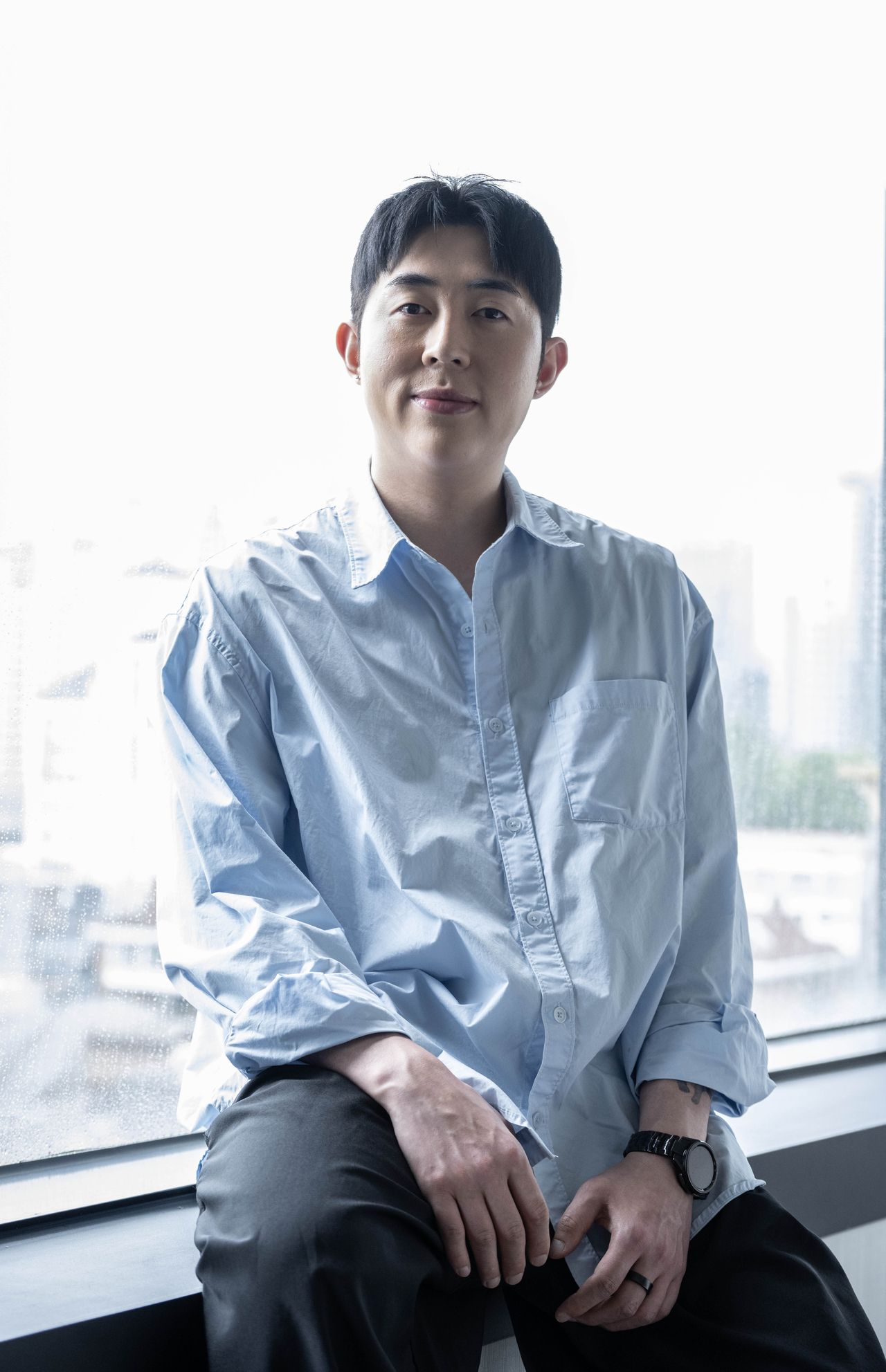 In South Korea, where marriage is legally defined as a union between a man and a woman, same-sex weddings have primarily existed in the stories of a few trailblazing queer couples.
In South Korea, where marriage is legally defined as a union between a man and a woman, same-sex weddings have primarily existed in the stories of a few trailblazing queer couples.
A decade later, such unions are no longer taboo or limited to a brave few. They have become a viable life choice for many same-sex couples, albeit still less common than heterosexual weddings.
Han Ga-ram, a 34-year-old wedding planner who has worked with both straight and LGBTQ+ couples since 2021, told The Korea Herald that he has observed growing openness among queer couples toward marriage. To date, he has consulted with over 30 such couples.
Many couples who previously concealed their queer identity from family and friends have found their wedding to be a turning point—a chance to gradually come out and live more authentically, he noted.
Han attributed the rising demand for queer weddings to the increasing societal acceptance of same-sex unions and the growing visibility of queer influencers and celebrities.
In July 2024, the Supreme Court issued a landmark ruling recognizing same-sex partners in marriage-like relationships as dependents under the national health insurance system, marking the country’s first legal acknowledgment of certain rights for same-sex couples.
Han explained that a queer couple’s wedding is not just a celebration of two individuals but also a symbolic ceremony for the wider LGBTQ+ community.
Queer couples who never imagined having a wedding often change their perspective after attending another couple’s ceremony, realizing that what once seemed impossible can indeed happen.
As a member of the LGBTQ+ community himself, Han envisioned offering tailored services for queer couples from the very start of his wedding planning career.![Lesbian couple Gwak I-kyung and Kim Hana celebrate their wedding ceremony, which Han helped organize, on Jan. 13, 2024. (Instagram @dan_photograph_)]](https://contents-cdn.viewus.co.kr/image/2025/07/CP-2023-0309/31140098_1.jpg) He noted the scarcity of online information about planning same-sex weddings, which makes it challenging for couples to find guidance.
He noted the scarcity of online information about planning same-sex weddings, which makes it challenging for couples to find guidance.
How same-sex weddings differ
According to Han, planning a queer wedding typically requires more time and attention to detail, as privacy is paramount.
“Due to concerns about being outed, securing private spaces is crucial throughout the entire wedding preparation process—from choosing outfits to getting hair and makeup done,” he said.
In the LGBTQ+ community, the term “outing” refers to disclosing someone’s sexual orientation or gender identity without their consent.
Aware that many fear being outed to those they have not yet come out to, Han ensures that every aspect of the process remains private, from booking tailors with separate fitting rooms to arranging at-home visits from makeup artists.
“For lesbian couples where both partners wish to wear dresses, issues may arise with people staring at them in bridal shops. Therefore, I try to arrange fittings in more private settings,” he explained.
On the wedding day, one of Han’s top priorities is ensuring that emcees and event staff remind guests not to share photos of the couple on social media if requested.
Han noted that the ceremony itself often differs from conventional weddings. In traditional Korean culture, marriage is seen not merely as a union between two individuals but as an alliance between families. The Korean term “honju,” literally meaning the main party of the marriage, refers to the parents of the bride and groom, highlighting their central role.
In contrast, same-sex weddings tend to focus more on the couple, as parents are often less involved. Consequently, some traditional elements—such as “hwachok jeomhwa,” a ritual where the mothers of the bride and groom light candles as a symbolic blessing—are often omitted.
“Instead of tailoring the ceremony to parents and their guests, we focus on what really matters to the couple. For example, they might choose to spend more time on their vows or have multiple people deliver congratulatory speeches,” he said.
“Because the parents’ acquaintances are usually not present, there is less pressure to adhere to conventional formats, allowing us to create a more couple-centered ceremony.”
Han added that in queer weddings, traditional terms like “bride” and “groom” are often replaced with more gender-neutral alternatives.
For lesbian couples, expressions such as “older and younger sister” are sometimes used, while some prefer to refer to each other as the “taller bride” and “shorter bride,” based on physical traits. Gay couples often use phrases like “older and younger brother.”
From activism to weddings and beyond
Before becoming a wedding planner, Han spent his twenties actively involved in LGBTQ+ umbrella groups such as Rainbow Action. During that period, he felt a strong urge to move beyond traditional advocacy organizations and bring queer rights into the marketplace, where he believed he could help drive meaningful changes in the everyday lives of LGBTQ+ individuals.
With that vision in mind, Han entered the wedding industry in May 2021, beginning his career as a freelance wedding planner under the Korea Wedding Planner Association.
“Given my experience organizing civic events and my deep interest in aesthetics and design, transitioning into wedding planning felt like a natural step,” he said.
That same year, he launched his brand, Pride Wedding, the first of its kind to offer customized services for both same-sex and heterosexual couples.
“For years, I focused on civic activism aimed at reforming laws and policies related to LGBTQ+ rights. Beyond that, I wanted to be someone who prepares products and services for the queer community as society becomes more inclusive. In that sense, I view my work as a form of activism within the private sector.”
His proactive outreach to wedding service providers—such as venues, dress shops, and photographers—has helped foster greater inclusivity within the industry.
“In the past, nearly all queer couples approached me for help, but recently, consultations have decreased. I actually see this as a positive change, as it indicates that more wedding-related vendors are emerging who are open to working with LGBTQ+ clients,” he said.
“Some business owners state, ‘We welcome queer couples,’ while others run Instagram accounts focused solely on photographing LGBTQ+ weddings. To me, this shift is both meaningful and encouraging.”
According to Han, for many small-scale wedding venues—thriving during the COVID-19 pandemic but struggling in recent years—queer couples have become highly sought-after clients, with most preferring small, private ceremonies.
Last year, he joined Museede Art, a company that provides comprehensive wedding, photography, and beauty services, and is now working on expanding the business beyond queer weddings.
“Along with planning weddings for queer couples, I am currently brainstorming ways to support the broader LGBTQ+ community, such as awareness-raising photo shoots with queer celebrities or company-led campaigns expressing support for LGBTQ+ couples,” he said.
Han dreams of launching his own business someday—a retirement community tailored to LGBTQ+ seniors.
He envisions a residential complex where queer seniors live together and participate in programs like skincare, fashion, grooming, and photography, each reflecting their unique tastes and lifestyles.
“The experiences of queer people and heterosexual people can differ greatly. In many heterosexual senior communities, conversations tend to center on children, whereas for queer individuals, it’s often about our own stories rather than our families.”
“With more queer people living openly than ever before, we will need spaces and services that truly reflect who we are as we age. I want to be part of making that future a reality.”


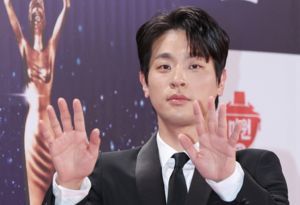
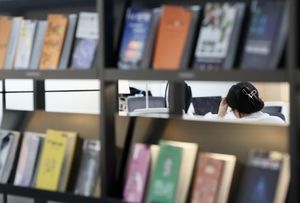
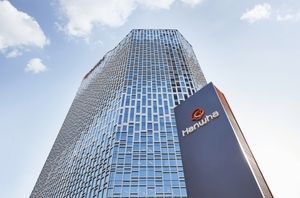
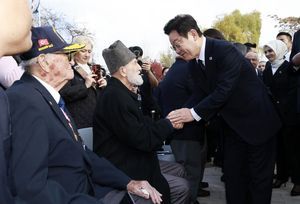
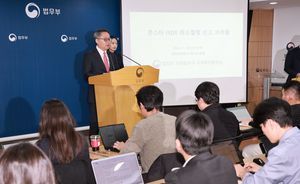
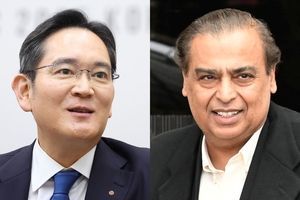


Most Commented